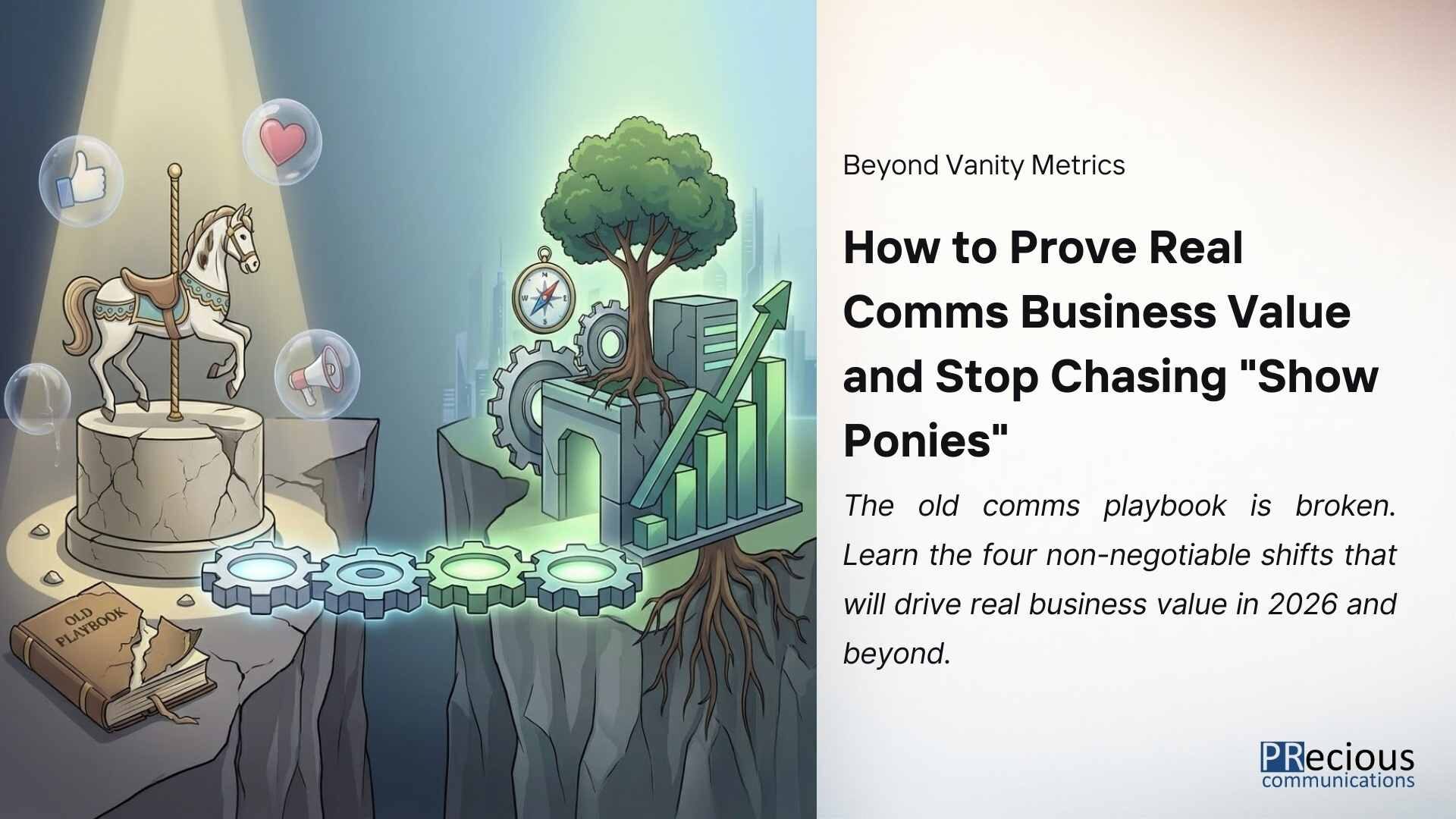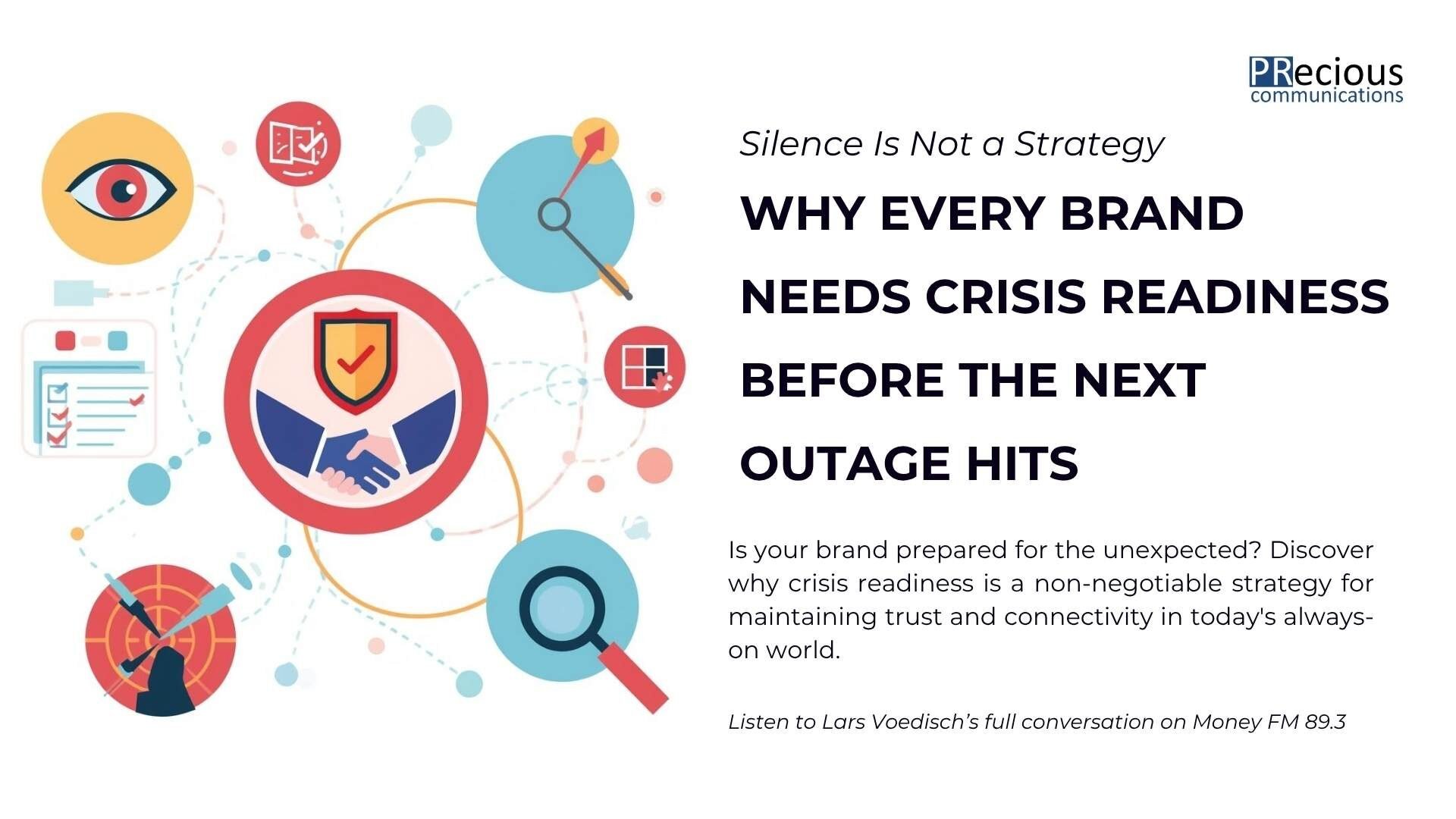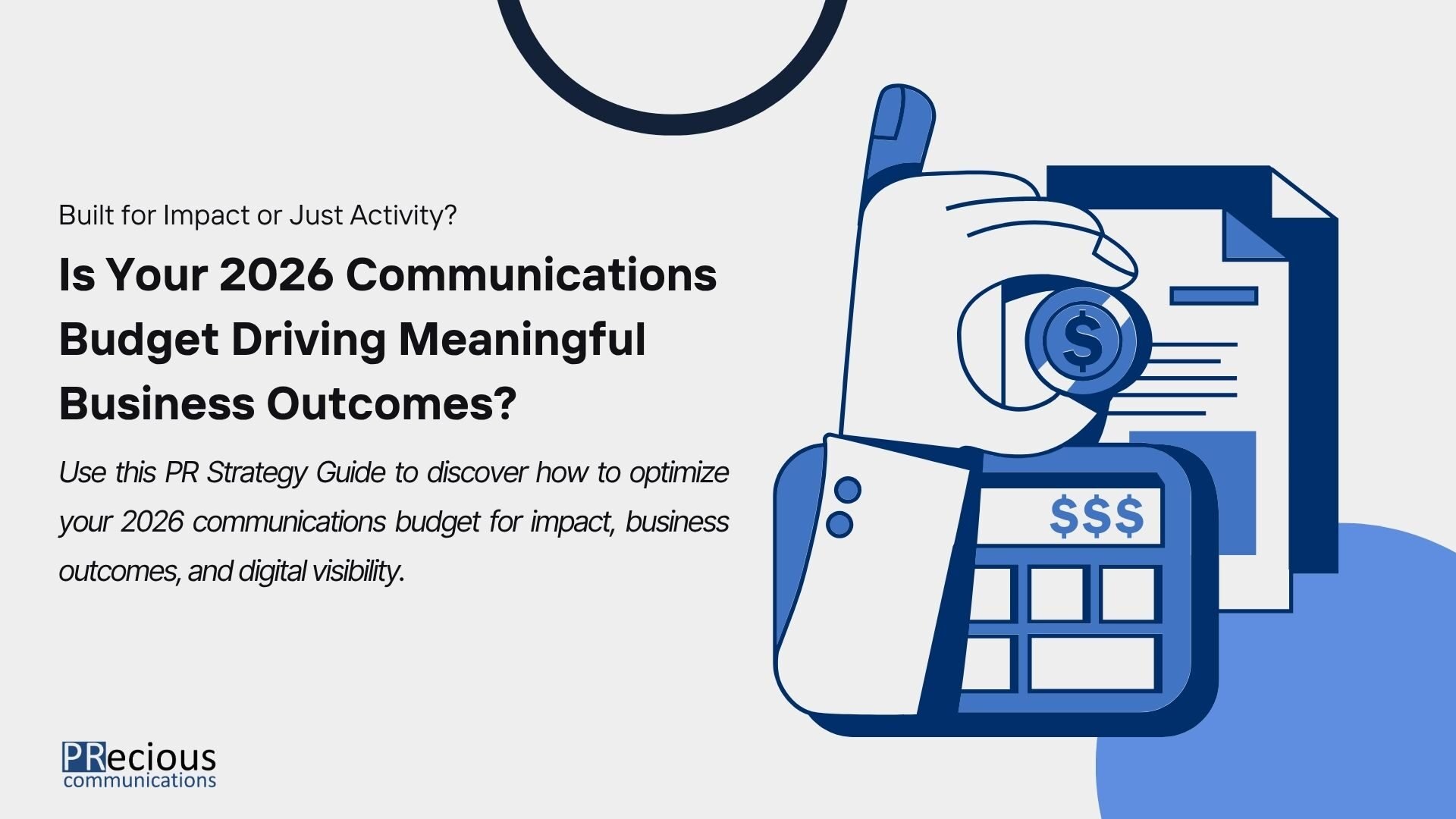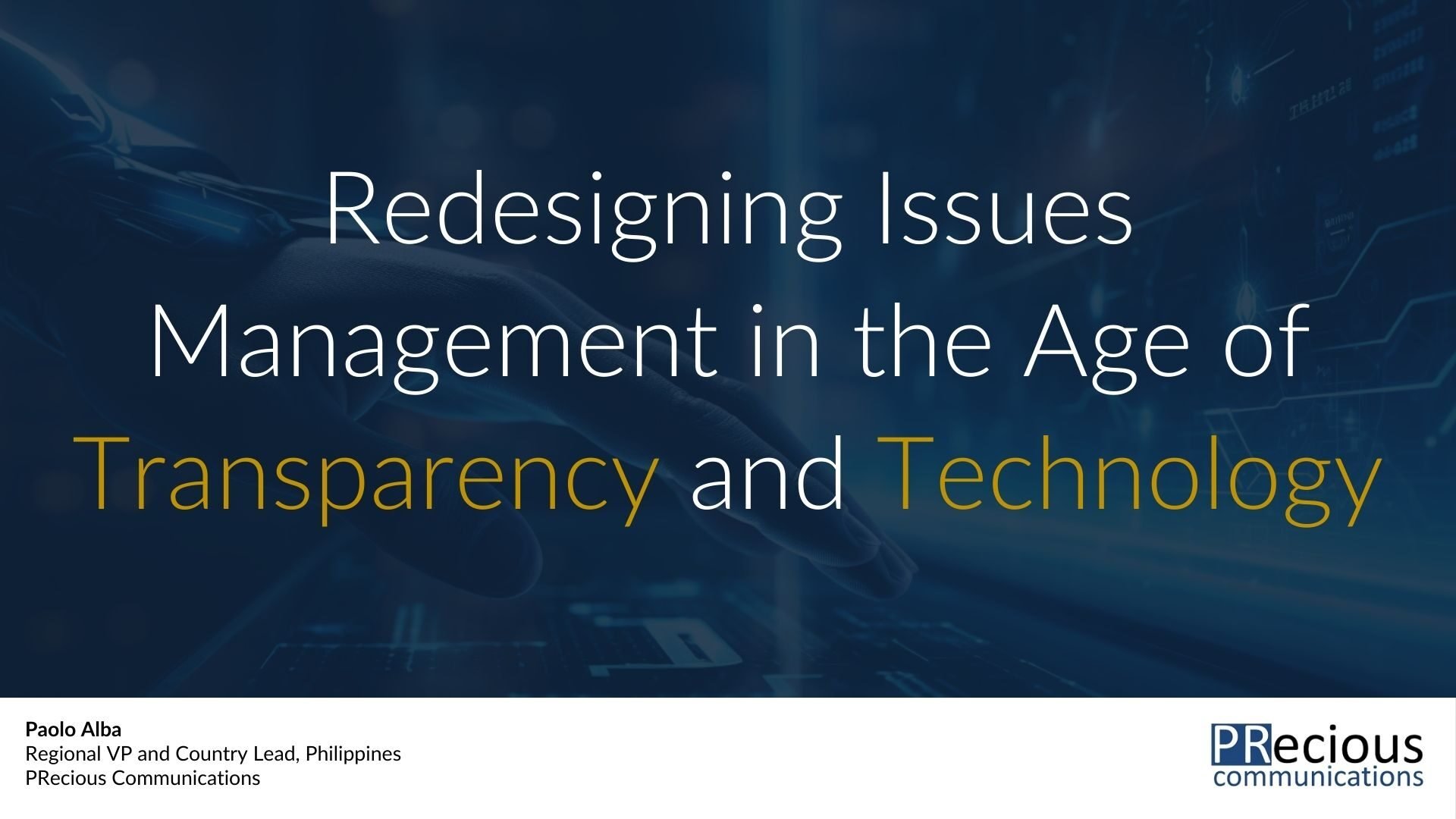As Singapore celebrates six decades of independence, its journey is more than an economic miracle; it’s a masterclass in strategic public relations. When the nation was thrust into independence in 1965, it was a country with no natural resources, high unemployment, and significant social friction. Today, it stands as a global powerhouse, consistently ranked as one of the world’s wealthiest, safest, and most business-friendly nations.
The Evolution of Singapore’s Global Image
This SG60 retrospective explores how Singapore transformed its profound limitations into enduring strengths, crafting an indelible global image through visionary campaigns and iconic attractions. This transformation was not accidental but one of history’s most successful nation-branding exercises—a masterclass in strategic communication and image management.
1. The Garden City Vision (1967-Present)
When then-Prime Minister Lee Kuan Yew launched the “Garden City” vision in 1967, it wasn’t merely an environmental initiative but a deliberate image-building exercise. At a time when industrialization typically meant pollution and concrete jungles, Singapore took a different path.
The campaign transformed Singapore’s physical landscape with over two million trees planted, creating immediate visual differentiation from other Asian cities. This early vision evolved into the “City in a Garden” concept, culminating in spectacular developments like Gardens by the Bay. The genius of this campaign was its longevity—it positioned Singapore as environmentally progressive decades before sustainability became a global priority, while simultaneously addressing practical concerns about livability.
While the “Garden City” vision shaped the physical landscape, another icon was about to shape its reputation for service excellence on the global stage.
2. The Singapore Girl (1972-Present)
Few brand ambassadors have achieved the recognition and longevity of the Singapore Girl. Created by Batey Ads for Singapore Airlines in 1972, she embodied Asian hospitality with her distinctive sarong kebaya uniform designed by Pierre Balmain.
What made this campaign exceptional was how it balanced traditional Asian service values with modern efficiency—effectively mirroring Singapore’s own positioning. The Singapore Girl became more than an airline mascot; she represented Singapore’s approach to service excellence globally.
In 1994, Madame Tussauds London unveiled a Singapore Girl wax figure—the first commercial figure (not a celebrity or royalty) to receive this honor. This cemented her status as a genuine cultural icon.
3. “Courtesy is Our Way of Life” Campaign (1979-2001)
When Singapore launched its National Courtesy Campaign in 1979 with the memorable mascot “Singa the Courtesy Lion,” it demonstrated an understanding that nation branding begins at home.
The campaign deployed comprehensive messaging across schools, workplaces, and public spaces, addressing specific behaviors that affected tourism experiences. It showcased Singapore’s commitment to continuous social improvement while acknowledging that rapid development had created social friction that needed addressing.
What made this campaign remarkable was its honesty—Singapore was willing to acknowledge areas for improvement rather than projecting a false perfect image, building authenticity into its national brand.
4. Tourism Campaigns: From “Surprising” to “Passionate”
Singapore’s tourism slogans reflect its evolving self-image, with each campaign building on its predecessor while adapting to global trends.
- “Surprising Singapore” (1984-1995) directly confronted and subverted negative stereotypes of Singapore as sterile or boring. It highlighted cultural diversity beyond the “efficient but dull” image and created a sense of discovery for visitors.
- “New Asia-Singapore” (1996-2004) positioned the nation as the gateway to a dynamic “New Asia,” aligning with Singapore’s economic pivot toward being a regional hub.
- “Uniquely Singapore” (2004-2009) emphasized authentic local experiences rather than manufactured attractions, showcasing Singapore’s multicultural heritage through food, festivals, and neighborhoods.
- “YourSingapore” (2010-2019) pioneered personalized tourism marketing with customizable itineraries, creating a sophisticated digital platform ahead of competitors.
- “Passion Made Possible” (2017-Present) shifted focus from what Singapore has to who Singaporeans are, featuring authentic stories from local “Passion Ambassadors” and creating distinct “passion tribes” to target specific interest groups.
Each campaign built upon its predecessor while adapting to changing global trends, demonstrating Singapore’s remarkable ability to evolve its image while maintaining core values.
Building Trust Through Action
Singapore’s reputation as one of the world’s safest destinations was carefully cultivated through several key initiatives:
- Engineering a Safe Haven
Singapore’s reputation as one of the world’s safest destinations was carefully cultivated. The Corrupt Practices Investigation Bureau (CPIB) became the cornerstone of anti-corruption efforts, and its work is a key reason Singapore consistently ranks as Asia’s least corrupt country. Strategic crime prevention, through citizen-involved schemes and the recognizable slogan “Low Crime Doesn’t Mean No Crime,” has resulted in one of the world’s lowest violent crime rates. Furthermore, the nation’s efficient and transparent handling of crises, from SARS in 2003 to COVID-19, has enhanced its reputation for competent governance.
- Creating an Investor’s Paradise
Singapore transformed into a premier investment destination through initiatives that were powerful PR statements. The Economic Development Board (EDB), established in 1961, pioneered a proactive strategy of targeted outreach to multinational corporations. This, combined with regulatory excellence like the “No Wrong Door” policy and a simple, one-stop business registration process, made it easy to invest. The tax system was designed to be compelling, with a corporate tax rate of 17% and over 80 agreements to prevent double taxation. The result? Over 7,000 multinational corporations have established headquarters in Singapore.
Iconic Attractions as Brand Ambassadors
Singapore has masterfully created iconic attractions that serve as physical embodiments of its brand values:
- Gardens by the Bay: Redefining Urban Green Spaces
Opened in 2012 as part of Singapore’s “City in a Garden” vision, Gardens by the Bay features iconic Supertrees that generate solar power and collect rainwater. These instantly recognizable skyline elements featured prominently in “Crazy Rich Asians,” exponentially increasing global visibility while reinforcing Singapore’s environmental credentials.
- Marina Bay Sands: Architectural Icon with Strategic Purpose
The distinctive triple towers with “SkyPark” opened in 2010, creating an instantly recognizable silhouette that features in global media. Housing business, entertainment, and cultural facilities in one integrated complex, it generated an estimated S$14.7 billion in GDP contribution to Singapore within its first five years and transformed Singapore’s image from merely business-friendly to legitimately glamorous.
- The Esplanade – Theatres on the Bay
Opened in 2002, the Esplanade’s distinctive twin shells have become a beloved and instantly recognizable part of the city’s skyline, affectionately nicknamed “the durian” by locals. This architectural icon gives physical form to Singapore’s aspirations as a thriving arts and culture hub in Asia.
- Formula 1 Singapore Grand Prix Night Race (First held 2008)
Singapore’s audacious bid to host the world’s first Formula 1 night race on a street circuit created a spectacle that garnered global media attention with stunning visuals. Beyond business impact, it showcased Singapore as a vibrant, dynamic destination, dispelling lingering perceptions of it being overly sterile or staid.
The race generated significant tourism revenue and positioned Singapore as a premier event city, while imagery of F1 cars racing against the backdrop of Marina Bay Sands became an instant, powerful advertisement for Singapore’s modernity and energy.
- The Great Singapore Sale (GSS) and the Singapore Night Festival
While the Formula 1 race established Singapore as a premier event city for sports, other events cemented its brand as a vibrant lifestyle and cultural destination. The Great Singapore Sale was once a major annual highlight, serving as a powerful regional draw that boosted tourism and positioned Singapore as a premier shopping destination. The Singapore Night Festival, meanwhile, transforms the Bras Basah.Bugis precinct into a stunning showcase of light, art, and culture.
Changi Airport: Singapore’s Gateway to Global Hearts and Minds
In the realm of nation branding, few assets have delivered as much value to Singapore as Changi Airport. What began as essential infrastructure has evolved into perhaps the country’s most effective ambassador—a physical embodiment of Singapore’s values, aspirations, and execution excellence.
Strategic Evolution: From Transportation Hub to Destination
Changi’s development represents a masterclass in strategic public relations through deliberate evolution:
When Changi opened in 1981, Singapore made a strategic decision to prioritize efficiency and service beyond regional standards. This wasn’t merely operational—it was reputational. The airport implemented 15-minute baggage delivery guarantees when 30+ minutes was the global norm and created seamless immigration processes when most airports accepted long queues.
Recognizing changing traveler expectations in the 1990s, Changi pioneered the concept of airports as experiences, introducing the world’s first butterfly garden in an airport (1996) and creating free city tours for transit passengers, turning layovers into tourism opportunities.
Changi’s PR team recognized that awards could serve as a powerful third-party endorsement, developing systematic approaches to award submissions across categories. The result? Over 650 “Best Airport” awards since opening, including a record 12 consecutive Skytrax World’s Best Airport titles (2013-2024).
The Jewel: Making Infrastructure Inspirational
The Jewel Changi development, featuring the mesmerizing Rain Vortex, represents the culmination of Changi’s PR evolution. With an investment of S$1.7 billion, Singapore created a facility designed to transform necessary connection time into desired experience time.
Central to this strategy was generating global buzz and encouraging social sharing. As one of the communications partner for this landmark project, the PRecious Communications team helped shape a narrative that went beyond architecture, focusing on the experience itself. Our campaign strategy centered on engineering ‘shareable moments’—from the hourly light and sound shows at the 40-meter Rain Vortex to the unique blend of nature and retail.
The impact was remarkable and demonstrated the power of a PR-led launch: the campaign secured coverage in more than 3,000 international news stories, fueled over 1.2 million social media posts in the first year, and contributed to a 30% increase in non-aeronautical revenue. The Jewel didn’t just attract travelers; it became a destination for Singaporeans, attracting over 50 million visitors in its inaugural year and extending the average visitor stay time in Changi by 2-3 hours.
Lessons from Singapore’s PR Success
Singapore’s approach offers valuable insights for any organization.
- Consistency matters. Singapore maintained coherent messaging across decades.
For brands, this means aligning all touchpoints with a core message over the long term. - Substance before style. PR was always backed by genuine policy achievements.
For brands, this means ensuring marketing promises are supported by product quality and operational excellence. - Crisis as opportunity. Challenges were repeatedly transformed into brand strengths.
For brands, this highlights the importance of transparent and effective crisis management in building trust. - Integration is essential. Safety, business, and tourism initiatives worked in concert.
For brands, this shows that marketing, sales, and operations must be fully aligned. - Physical manifestations matter. Iconic structures give tangible form to abstract brand values.
For brands, this underscores the power of flagship stores, product design, and packaging. - Design in shareability. Modern attractions were engineered for social media amplification.
For brands, this is a reminder to create products and experiences that customers want to share organically. - Strategic patience pays off. Reputation building is a long-term investment.
For brands, this teaches that sustainable growth is built on long-term value, not just short-term wins.
Conclusion: The Little Red Dot That Could
Singapore’s transformation represents perhaps the most successful national rebranding in modern history. From a vulnerable island to a global standard-setter, Singapore has shown how strategic communication, backed by substance, can transcend geographical limitations. As we celebrate SG60, its journey is a powerful reminder that perception isn’t something that just happens; it’s something you strategically shape through consistent action, clear messaging, and the courage to evolve. The Singapore story shows how deliberate image-building can transform how the world sees you and, ultimately, how you see yourself.
Turn Your Brand Into an Icon
At PRecious Communications, we believe these principles are not just for nations but are the bedrock of successful brand building for any organization. Singapore’s story proves that a well-executed, long-term communications strategy, which we champion, can deliver transformative results, turning brands into icons.
Ready to build your legacy? Contact us today to learn how our award-winning PR strategies can elevate your brand.



